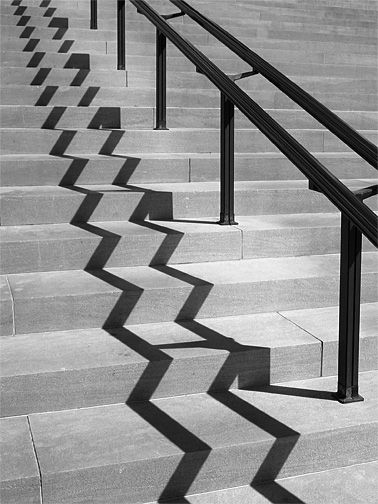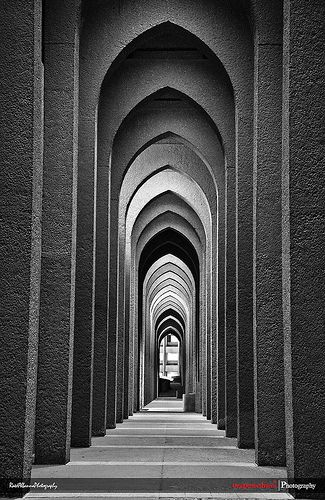
Formalism in photography is an artistic style that prioritizes the arrangement and composition of elements in an image, normally making the subject of the image less important. The style formalism is so strong from the use of seven basic elements: line, shape, form, texture, colour, size and depth, these seven elements are used as the building blocks for producing captivating and meaningful pictures and also create engaging images. In formalism photography the seven elements are carefully used to make an ordinary photograph more unique which triggers emotion and appreciation.

In formalism photography, the element of line is used as a fundamental that contributes to the overall composition of an image. Lines can be straight, curved, diagonal or any other and they have a huge impact in directing the viewers eyes in the image. This creates a sense of structure in the image. Straight lines usually have a meaning of stability and order however diagonal lines can symoblise energy and power.Lines are everywhere in photographs, even a blank canvas is bordered by lines. The use of lines is a powerful tool in taking captivating and engaging images in formalism photography.
The element of shape in formalism photography is also a important tool for creating aesthetic images. Shapes can be geometric or organic, shapes are the main building block of visual design. Formalism photographers use shapes to introduce their images with structure and aesthetic. Geometric shapes like squares, triangles and circles usually symbolize order and balance whilst organic shapes which are made by nature add uniqueness smoothness to the images. The shapes can either be the subject themselves or they can guide the viewers attention. Shapes are like lines, they are everywhere in photographs for example in this photo on the right there is rectangles.


In formalism photography, the concept of form is an element that also transforms normal subjects into interesting captures. form in photography relates to the 3d quality of the subject and how the light and shadow change their shapes and blends within a 2d photograph. Formalism photographers pay great attention to the interaction of light and shadow, which makes the depth and volume of their images more detailed. Form can bring subjects to life and bring a sense of naturalism, the smallest details become deep subjects to explore. Formalism photographers use form as an important to transform the boring into the complex.
Texture is a crucial theme of formalism photography, Texture is the complex interaction of visual and the sense of touch that enhances the dimension within a photograph. Through the use of lighting and composition, formalism photographers make the textural qualities of their subjects more visible and detailed. The play of light and shadow across different textures allows viewers to interact and engage with what they see and might feel. All these textures create a different emotion and feeling towards the photograph.


Colour is a important element in formalist photography, shaping the visual impact of an image and usually producing deep emotional feelings and responses. Photographers use the psychology of colour to convey moods, feelings, focal points and making interesting images. It can be anything from vibrant colours in a city to the subtle tones of a peaceful landscape, the choice and arrangement of colours become a important and a necessity of the photographs overall composition. Different colours can provide different emotions like sadness, energy or calmness which highlights the story and drawing the viewer into a emotional connection with the image.
Size is another important aspect in formalist photography that influences the whole mood and impact of the image. Formalism photographers purposely change the scale of subjects to create a interesting and complex photograph. The size of the elements within the photograph can draw the viewers attention, create emotions and makes certain elements stand out. It can be a towering tree in a landscape image or a really tiny detail took in macro, size is a key role in creating the aesthetics of the photograph. Size makes each image a unique and makes the viewer think.


Depth is also a critical element in formalism photography that goes beyond the 2d nature of a photograph, which makes space within the photograph. The use of depth can produce a sense of distance bringing viewers to explore the layers in the image. It can be a sweeping landscape with mountains or a close up shot with different focus of layers, depth adds space that makes pictures look more real and tells a visual story.
